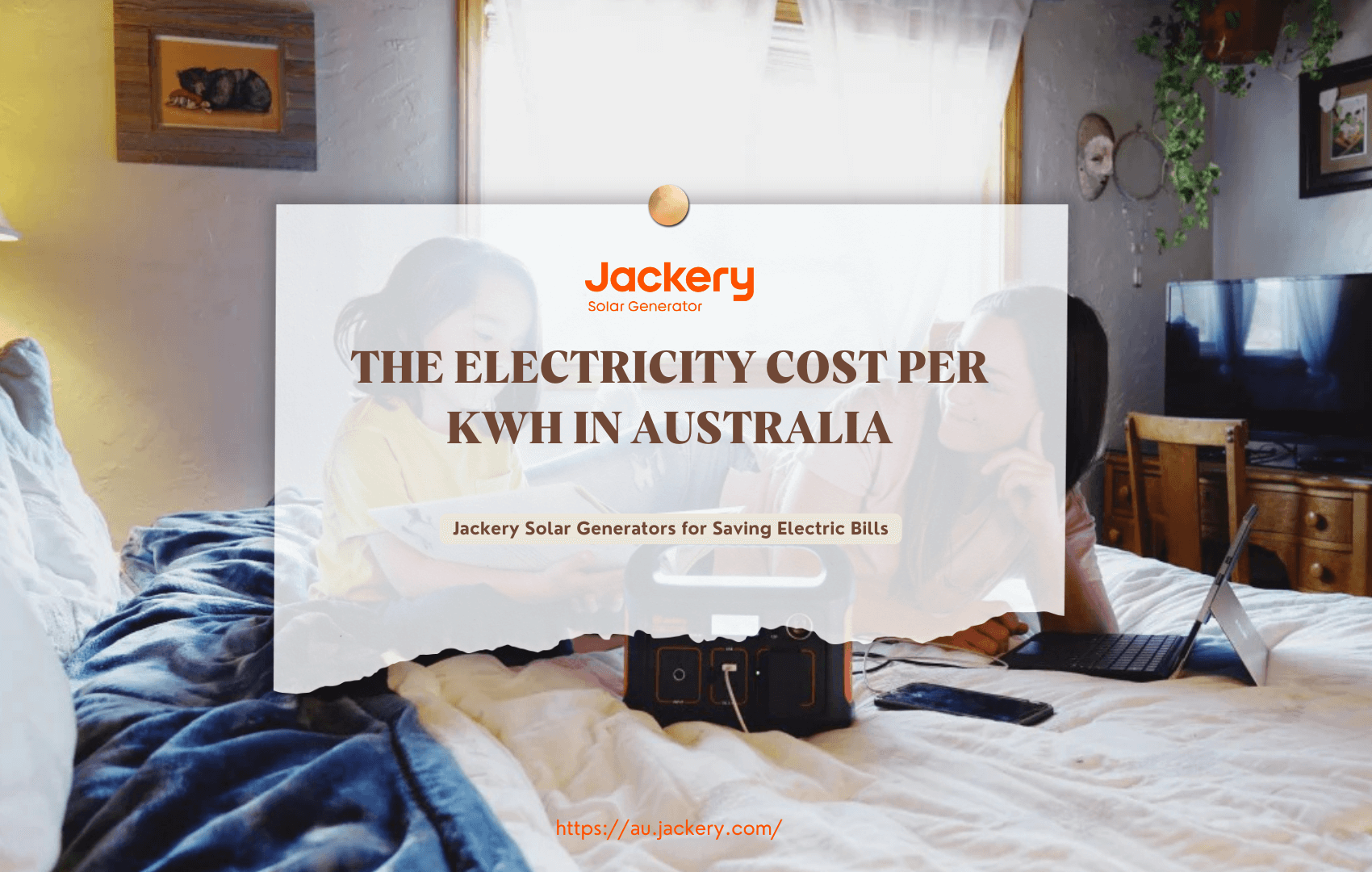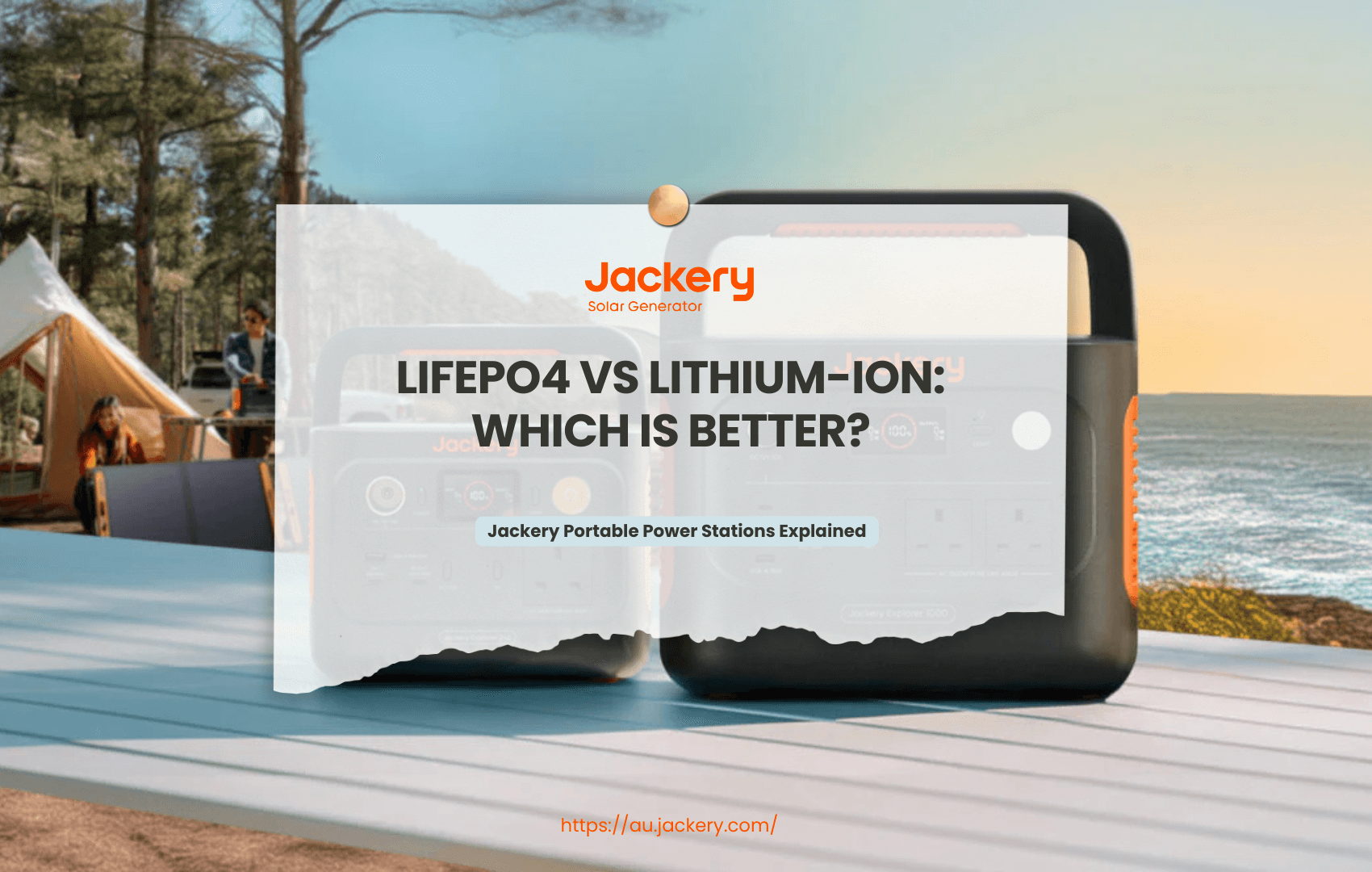|
Key Takeaways: |
|
- The cost of electricity in Queensland is around 27 cents for residential customers. In Queensland, a typical home with two or three people uses about 5650 kWh of power. - There are various reasons for Queensland's high average electricity cost, such as electricity usage, household size and appliances. - Comparing electricity rates and plans can help you enjoy discounts and save on bills. - The Queensland government also provides electricity rebates and concessions for residents. - We highly recommend Jackery Solar Generator 2000 Plus and 1000 Plus to save energy bills by charging household appliances unlimited solar energy. |
The Cost of Electricity in Queensland
The Queensland Competition Authority (QCA), a government regulatory agency, sets the energy price in the state. The QCA determines the pricing for residential, commercial, and industrial consumers based on the expense of producing, distributing, and transporting electricity. Retailers get these prices, after which they bill customers for the power they use.
Queensland's average home power price per kilowatt-hour (kWh) is about 27 cents. Both the supply price and the use charge are included. However, several variables, including your location, the energy provider, and your consumption habits, affect the actual cost of power.
The cost of producing energy is one of the main elements that affect the price of power in Queensland. Queensland's electricity generation primarily depends on coal-fired power stations, which adds significantly to carbon emissions and the overall cost of electricity. The state government aims to use 50% renewable energy by 2030, which may lower power costs.
How Does the Cost of Electricity Work in Queensland
In Queensland, the energy price is determined by two primary components: the consumption fee and the supply charge. Customers pay a set amount known as the supply price to access the power grid, while a usage charge is determined by the quantity of electricity used, expressed in kilowatt-hours (kWh).
Supply Charge: Customers pay their electricity retailer a predetermined supply fee to support the upkeep and repair of the electrical grid. Regardless of the quantity of power used during that time, this fee is computed using the daily meter read. The supply price in Queensland is typically $1 per day, although this might change based on the customer's location and the electrical vendor.
Usage Charge: The consumption charge, which makes up most of an electrical bill, is based on how much electricity the consumer uses. The price per kWh multiplied by the total quantity of power used during the billing period yields this fee. Several variables, including the kind of tariff, the power retailer, and the time of day the electricity is consumed, can affect the cost per kWh.
Flat Rate Tariffs: Flat rate tariffs are Queensland's most widely used form of energy pricing. Regardless of the time of day that power is consumed, users under this tariff pay the same amount per kWh. This implies that the cost per kWh stays the same whether the power is utilised during peak or off-peak hours. This kind of billing works well for people whose daily power consumption is steady and predictable.
Time-of-Use Tariffs: Under a time-of-use tariff, the cost of electricity varies based on the time of day it is consumed. Peak, off-peak, and shoulder periods are all subject to various charges under this tariff, with the peak being the most expensive.
This pricing encourages users to use less power during off-peak hours, lowering their overall electricity costs. Time-of-use tariffs are appropriate for those with flexible schedules who may modify their power use by the price schedule.
Demand Tariffs: Demand tariffs account for the maximum quantity of power utilised at any given time and the actual amount of electricity used. This is measured in kilowatts (kW) and is called peak demand. Customers pay an additional rate to the consumption charge under this tariff for each kW of peak demand. Demand tariffs are more prevalent in industries and enterprises that use much power during peak hours.
Reasons For the High Cost of Electricity in Queensland
There are many reasons for the higher cost of electricity in Queensland. In addition to the higher electricity rates, household sizes, appliances, and the number of family members can affect it accordingly.
Electricity Usage: The typical Brisbane power bill only approximates what Australians spend on average using energy; it is liable to change. The biggest factor influencing each household's energy cost is their power quantity.
Therefore, if you've been having financial difficulties lately, this could be the ideal moment to review how much power you use. Any factors, from huge families to inefficient appliance use, might be the cause. In Queensland, a typical home with two or three people uses about 5650 kWh of power.
Household Size: The typical power cost of a household may be significantly impacted by the number of people living there; more people mean more appliances to use, more lights to turn on, and more gadgets to charge. Let us discuss the differences in typical quarterly bills by household size across Australia, which may also be a reference for Queensland inhabitants.
|
Household Sizes |
Average Electricity Bill per Quarter |
|
1 |
$307 |
|
2 |
$323 |
|
3 |
$345 |
|
4 |
$358 |
|
5 or more |
$338 |
Appliances: An easy fix for high energy costs might be replacing inefficient appliances with more energy-efficient models. Still, it isn't all. It is equally crucial to use them responsibly. Never make the rookie error of leaving them on standby, which can further drain your finances. Please turn off all of your wall-mounted appliances before using them.

Compare Electricity Rates & Plans in Queensland
If you haven't compared Queensland gas or electricity tariffs in a while, you could be overpaying for energy. Residents in Queensland can compare market offers, including reduced prices or consumption rates for gas or electricity. For certain homes, this can result in considerable savings.
If you haven't compared energy plans in a while or relocated and never signed up for a plan, your savings or incentives may have expired, or you may be on a plan that never provided them, such as your retailer's default or standing offer.
Best Electricity Rates
Below are the daily supply fees and general use rates for Queensland clients. Brisbane's home Energex network users are the basis for these power pricing rates. For single-rate tariffs only, each merchant's lowest stated contract rates are listed.
|
Electricity Provider |
Electricity Plan |
General Usage Rate |
Daily Supply Charge |
|
AGL |
Residential Value Saver |
32.20¢/kWh |
131.71¢/day |
|
Alinta Energy |
Homesaver |
27.78¢/kWh |
107.25¢/day |
|
EnergyAustralia |
Flexi Plan |
34.93¢/kWh |
125.84¢/day |
|
Energy Locals |
Online Member |
28.50¢/kWh |
102.00¢/day |
|
GloBird Energy |
GloSave |
27.17/kWh |
100.10¢/day |
|
OVO Energy |
The One Plan |
27.17¢/kWh |
93.50¢/day |
|
Red Energy |
Living Energy Saver |
29.09¢/kWh |
97.30¢/day |
|
Sumo |
Sumo Switch |
27.39¢/kWh |
92.84¢/day |
Best Electricity Plans
Several power providers in Queensland offer customers various plans from which to select. The cost, modes of payment, and duration of the contracts differ for these programmes. This article aims to elucidate the aspects of three commonly used power plans in Queensland.
Standard Retail Plan: Merchants in Queensland provide the standard retail plan, the most popular and entry-level energy plan. Under this plan, the cost of each kilowatt-hour (kWh) of electricity used is set. The kWh cost varies according to the retailer, but it typically costs about 20 cents.
Another feature of this plan is a daily supply charge, a set sum you must pay for using power. This fee covers the expense of maintaining the electrical network and ranges from 80 cents to $1.50 daily. The typical retail plan is for a 12-month term and includes no discounts or incentives.
Time of Use Plan: Queensland residents who use energy have more flexibility when they choose a time of use (TOU) plan. The charges for using power under this plan vary depending on the time of day. The rates change by dividing the day into shoulder, off-peak, and peak hours. Peak hours, often in the morning and evening, are when there is the most demand for power.
The lowest demand occurs during off-peak hours, which are usually at night. The times between peak and off-peak are known as shoulder hours, and the rates fall in between. You may save money with this plan by utilising power during off-peak hours.
Solar Feed-in Tariff Plan: Queensland homes equipped with solar panels are the target market for the solar feed-in tariff plan. This plan gives a greater rate for excess solar energy exported back to the grid. The retailer automatically pays a specific amount to the power system for any energy not consumed by the home.
Although the price per kWh for this exported energy might change, it typically ranges from 8 to 10 cents. This plan also includes a daily supply fee, which may be less than the typical retail plan. The solar feed-in tariff scheme is appropriate for homes with solar panels that generate more energy than they need.

Charges for Metering Services in Queensland
The Australian Energy Regulator determines the price that retailers charge Queensland clients for conventional accumulation metre services based on the kind of metering they have.
Digital metre fees are not subject to regulations.
Merchants frequently add metering fees to the daily supply fees.
In Queensland, your energy company must notify you of any up-front installation costs if they suggest replacing a functional metre with a digital one.
Customers on Regulated (Notified) Price
The metering cost and regulated retail power pricing are included in the announced prices. Your electricity statement may consist of metre servicing fees separately or in addition to the daily supply price. Advanced digital metres (digital metres) are required for any new or replacement metres.
The Government tasks the Queensland Competition Authority (QCA) with determining digital metering service costs for regional Queensland consumers under standing offer contracts. The Australian Energy Regulator-approved tariffs for Energex's standard metres are the basis for the QCA's small customer (residential and small business) charges.
This guarantees that consumers who cannot choose the type of metre they receive will always pay the same rate regardless of the kind put at their residence or place of business. Irrespective of the sort of metre they have, all small customers in regional Queensland will pay the same for each of their metering services.
Metering charges cover costs associated with providing meter services, such as:
The metering equipment purchase or capital cost; the meter's onsite connection
The labour-intensive tasks of metre inspection, testing, maintenance, repair, and replacement
A regular metre reading, such as quarterly metering data processing, storage, delivery, and administration.
For further information on your metering service fees, or before installing a new metre, contact your electricity provider.
Customers on Market Contracts
Digital metre fees are not controlled for regional clients under market contracts. The Australian Energy Regulator determines how much retailers charge for regular accumulation metre services, and it varies according to the type of metering you have. Metering fees are frequently included in retailers' daily supply rates.
New Billing Arrangements with Digital Meters
With a digital meter, you may choose more frequent billing choices (such as monthly or weekly), which could help you with budgeting. These invoices will be based on your daily usage data from the digital metre instead of current monthly billing items based on assumptions.
Since they are not constrained by manual metre reading cycles, energy suppliers may also allow consumers with digital metres to choose their preferred billing date. For additional details, contact your shop.
How to Save the Cost of Electricity in Queensland?
To lower your energy bills, swap out old appliances for new ones that use less energy, insulate your home, turn down the water heater, look for air leaks, use LED light bulbs, wash clothes in cold water, unplug appliances that aren't being used, and change your HVAC filters regularly. The following are more tips for saving the cost of electricity in Queensland.

Utilise Energy-Saving Mode
Most modern electronics and machines have energy-saving settings or modes. Slowly use less energy by setting your washing machine to cold water or putting your computer into power-saving mode.
Implement Energy-Efficient Habits
Make sure that the rate for your electric hot water is either off-peak or controlled load. Use cold water and the right cold water detergent when washing your clothes. Choose "economy wash" to save electricity and fill the washer.
You should clean the dryer's lint screen every time you do laundry. Do not dry heavy and light clothes together because they need different amounts of time to dry. Try not to dry your clothes too often. You could also dry your clothes on an indoor rack near a window or in the sun.
For every degree you choose to heat or cool more, your energy use may increase by 5 to 10 per cent. Open your doors and windows to move cold air around, and use fans to create cross breezes. Do not open windows, curtains, or blinds in rooms you want to heat or cool. Instead, close all of them.
To cool you down, your air conditioner should be set between 24°C and 26°C and the heater between 18°C and 20°C.To keep your air conditioner working as well as possible, clean the filter twice a year.
Consider Renewable Power
Australia has an excellent opportunity to use clean energy sources since it gets a lot of sun. If you put solar panels on your roof, you can make your energy and depend less on the grid. This would affect the environment and our power bills.
Feed-in tariffs from some energy companies also let you sell any extra power your solar panels make back to the grid. This is good for both you and the earth.

If you want to try solar energy but have a limited budget, consider investing in a solar generator first. We highly recommend Jackery Solar Generator, which combines Jackery Solar Panels with a Portable Power Station to exploit solar energy fully.
The cost of electricity in Queensland can vary depending on your energy usage and provider. Due to rising prices, many homeowners seek to lower their expenditures through renewable energy sources and energy efficiency. Jackery Solar Generators provides a creative solution to save electricity costs by supplying off-grid power for necessary appliances and gadgets.
A Jackery Solar Generator combines Jackery Solar Panels with a Portable Power Station. The power station efficiently converts and stores additional sunlight for later use. Having several Itsorts allows you to use all appliances simultaneously. Furthermore, a Portable Power Station provides several recharging possibilities, including wall outlets, carports, Jackery Solar Panels, and other electric generators.
Jackery Solar Generator 2000 Plus
With the Jackery Solar Generator 2000 Plus, the best option for home power backup, experience unmatched power and versatility. With a 12kWh expandable capacity and support for up to five additional battery packs, this powerhouse will energise you for up to a week without needing conventional electrical sources, which is a way to save electric bills.
The Solar Generator 2000 Plus is centred on longevity and safety. Its 10-year lifespan is guaranteed by its LiFePO4 battery chemistry, and its cutting-edge ChargeShield Technology provides 62 layers of protection to protect your devices and prolong battery life. This generator is designed to provide dependable, extremely safe performance in any circumstance and is certified by the FCC, CE, and UL standards.
Recharge rapidly and sustainably with industry-leading solar conversion efficiency. Pair the Explorer 2000 Plus with up to six SolarSaga 200W panels to achieve a full charge in just 2.5 hours. Whether saving electricity bills or preparing for emergencies, this whisper-quiet, emission-free generator delivers all the energy you need with a minimal environmental footprint.

(*The working hours are only for reference; the actual working hours depend on your usage.)
Review from Our User:
We have been experiencing frustrating power outages on our farm, so we purchased a Jackery 2000 Plus to help manage this issue. It is much quieter than my Generac generator. With a 3000w/6000w surge, it can effectively power various devices. It functions flawlessly with our pump and weeder.
Jackery Solar Generator 1000 Plus
Discover the strength and adaptability of the Jackery Solar Generator 1000 Plus, intended to increase your energy independence. This portable generator's amazing 2000W output and sturdy 1264Wh capacity power 99% of equipment, saving household utility electricity easier.
Because of its expandable design, you can connect up to three additional battery packs, increasing its capacity to an incredible 5kWh, sufficient for one to three days of backup power at home. This means you can use our Solar Generator 1000 Plus to charge daily appliances, such as your computer, TV, kettle, microwave, and more, with solar energy to save utility bills effectively.
With four SolarSaga 100W solar panels, the Solar Generator 1000 Plus uses Advanced IBC Technology to deliver ultra-fast solar charging in as little as 4.5 hours, guaranteeing you stay powered up even in remote areas. Its LiFePO4 battery cells provide longevity, with 4,000 charge cycles and ten years of dependable performance.
Take control with the Jackery App, which offers real-time monitoring and customisation through WiFi or Bluetooth. Compact, efficient, and built to last, the Jackery 1000 Plus is backed by a 3+2 year warranty, ensuring peace of mind as you embrace sustainable energy solutions.

(*The working hours are only for reference; the actual working hours depend on your usage.)
Review from Our User:
We needed to purchase a few additional items to connect these with the two solar panels I already had and integrate them into our home system, but it was a minor issue. It functions as promised and is quieter than a large generator, although we rely on the more significant generator during overcast or rainy conditions.
Electricity Rebates & Concessions in Queensland
The Queensland government has implemented several rebates and concessions to assist individuals and families with their power bills in light of the ongoing increase in electricity rates. These are offered to specific consumer groups with financial difficulties paying for their power. Let's examine the many discounts and rebates that are provided in Queensland:
1. Electricity Rebate
The electricity rebate is available to customers who hold one of the following cards:
Pensioner Concession Card
Department of Veterans' Affairs Gold Card
Queensland Seniors Card
Services Australia Health Care Card
Asylum seeker status
This rebate automatically applies to the customer's account, offering daily power price savings.
2. Medical Cooling and Heating Electricity Concession Scheme
Customers with medical conditions requiring heating or air conditioning systems to maintain their health are eligible for this concession. Customers who meet the eligibility requirements can get a discount on their power bills to assist with the extra costs of using specific equipment.
3. Home Energy Emergency Assistance Scheme
This programme helps qualified clients pay their power bills in an emergency, such as a natural disaster or unanticipated financial trouble. The payment may be a one-time payment or a credit applied to the client's invoice.
4. Cost of Living Rebate
The Queensland government is offering qualified consumers a discount on their power bill as part of its efforts to lower household costs. Customers with a home address in Queensland who get the electricity rebate are eligible for this reimbursement.
These rebates and concessions may provide much-needed relief to those having difficulty paying their high power bills. Qualified consumers must understand these programmes and use them to lower their power costs.
The Cost of Electricity in Queensland FAQs
The following are the frequently asked questions about the cost of electricity in Queensland.
1. Why is QLD electricity so expensive?
Numerous variables influence the cost of power, including population growth, an ever-increasing demand for energy, and the necessity of upgrading and expanding Queensland's electrical infrastructure. On July 1st, 2016, South East Queensland (SEQ) deregulated its retail power pricing.
2. Which state has the most expensive electricity in Australia?
South Australia (SA): SA Power Networks is the only distribution network in SA. With an average power rate of 45.3c/kWh, this network is the most costly in Australia in terms of electricity costs. This is because renewable energy sources, which might be more expensive to create, are heavily relied upon in South Australia.
3. What appliances use the most electricity in Australia?
The average Australian home uses the most energy for heating and cooling combined. According to YourHome.gov.au, about 0% of home energy usage is attributed to them.
Final Thoughts
In conclusion, Queensland has comparatively cheaper power costs than other Australian states because of more reliable energy sources and abundant coal resources. Future pricing, however, may be impacted by issues like growing network costs and the switch to renewable energy.
Comprehending the dynamic energy landscape and investigating cost-effective programmes may help customers manage their expenses effectively. This article will help you better understand the cost of electricity in Queensland.

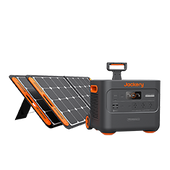
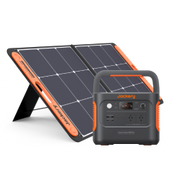
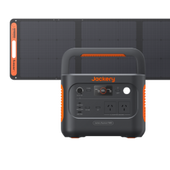
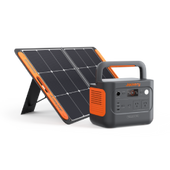
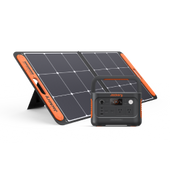

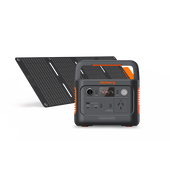
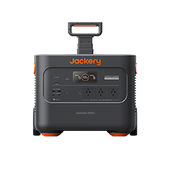
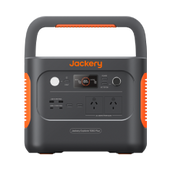
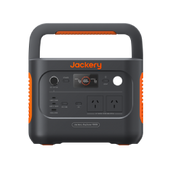
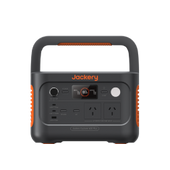
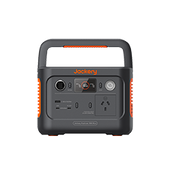
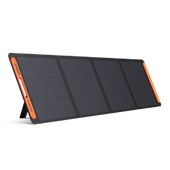
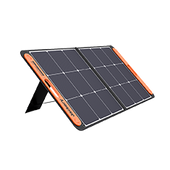
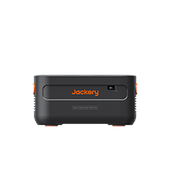
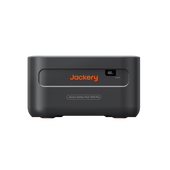
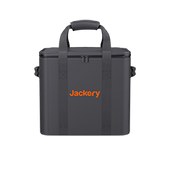
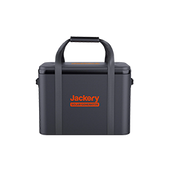
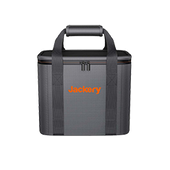

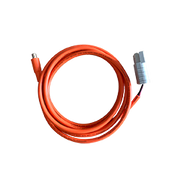

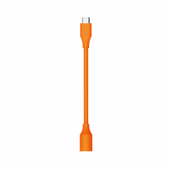
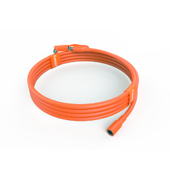



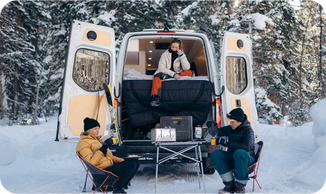
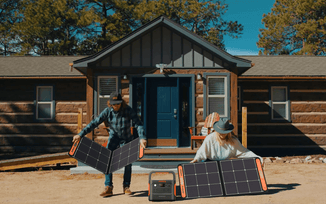
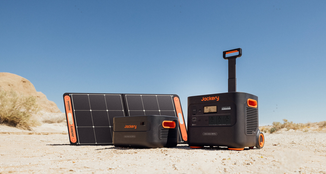

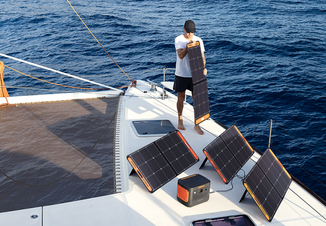

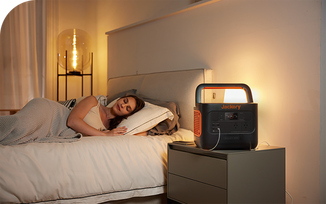
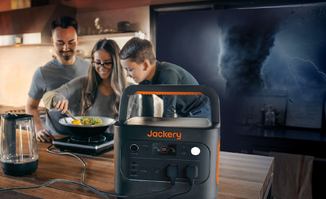
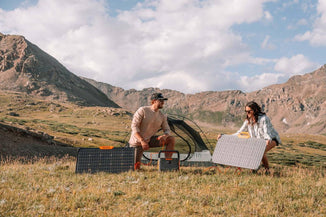
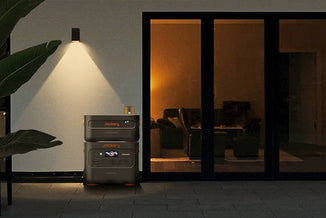
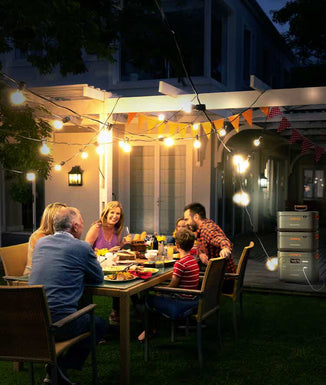


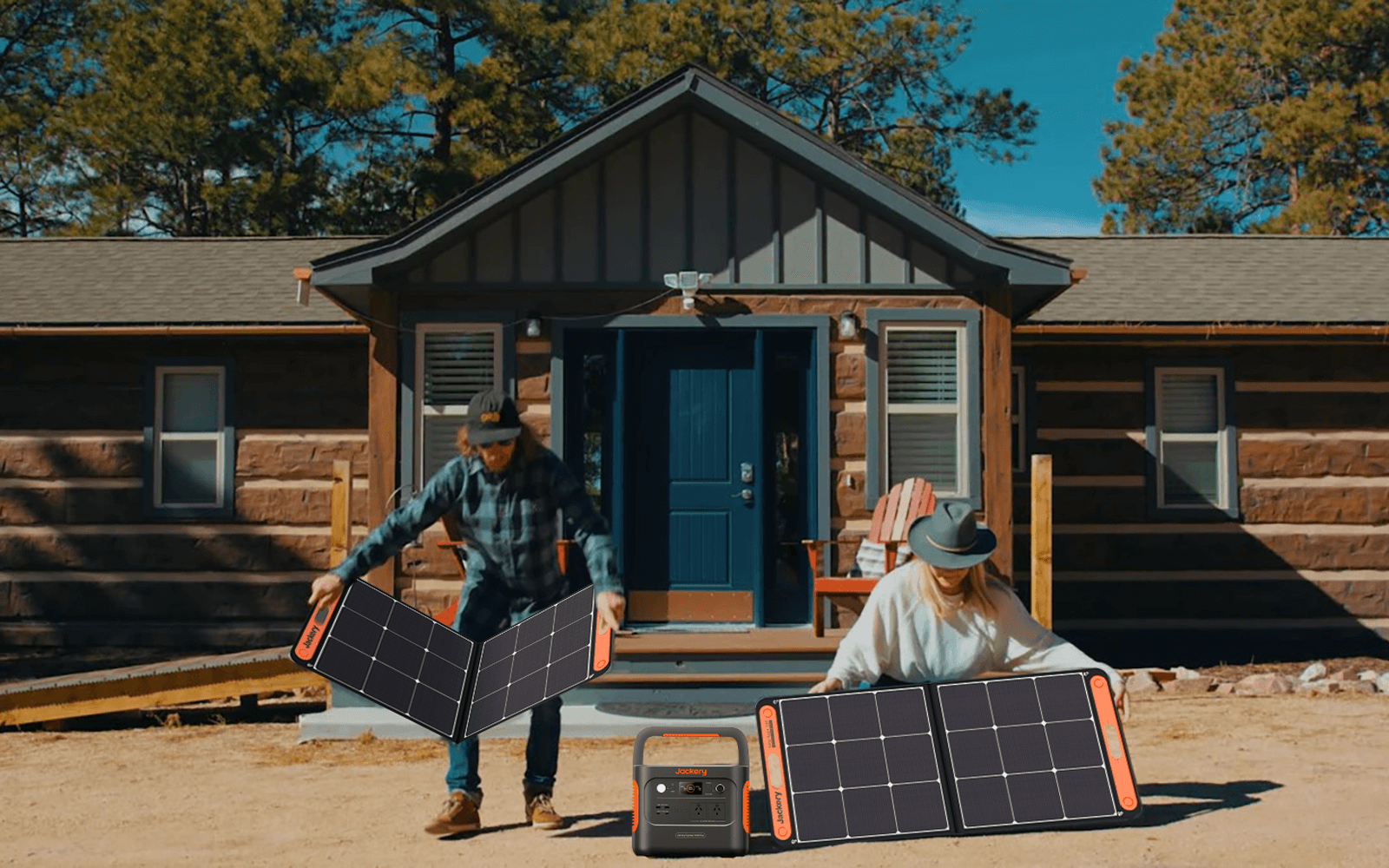
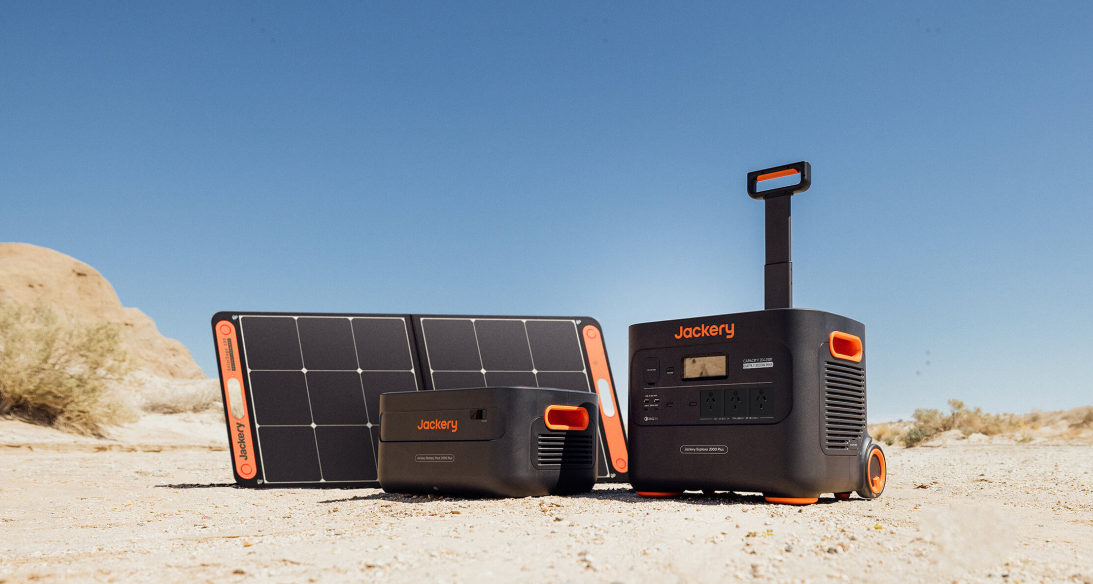
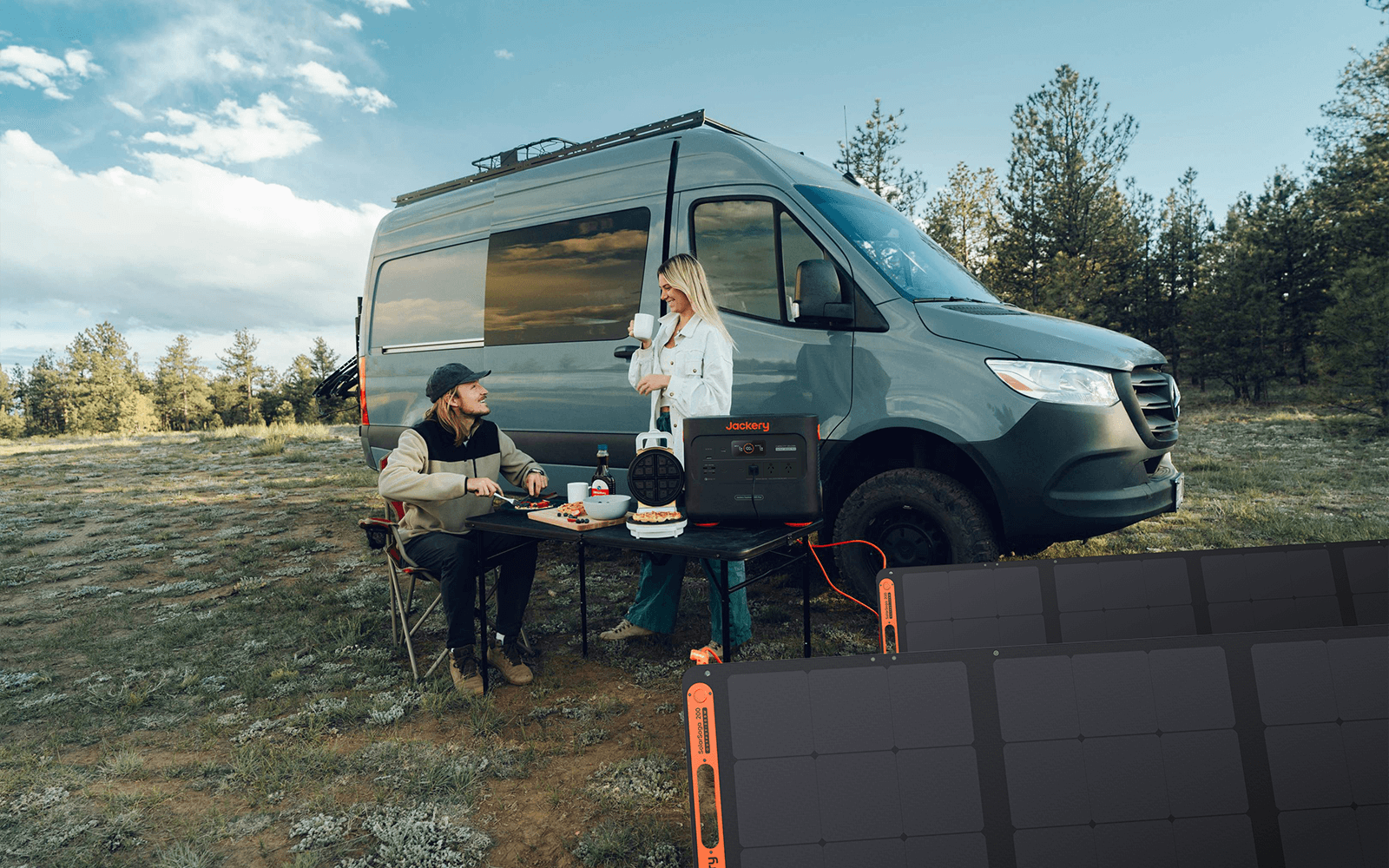
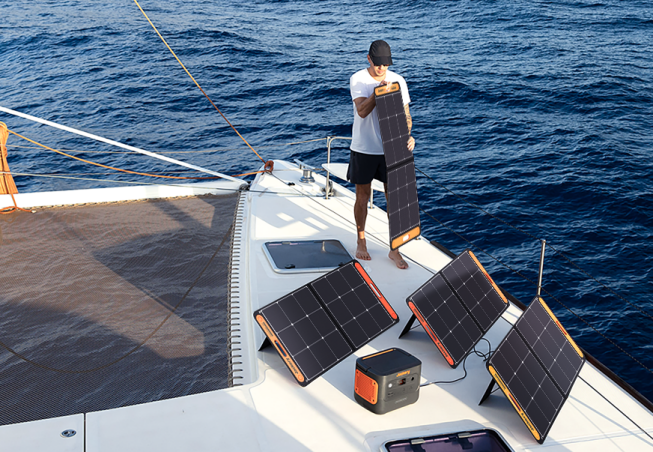

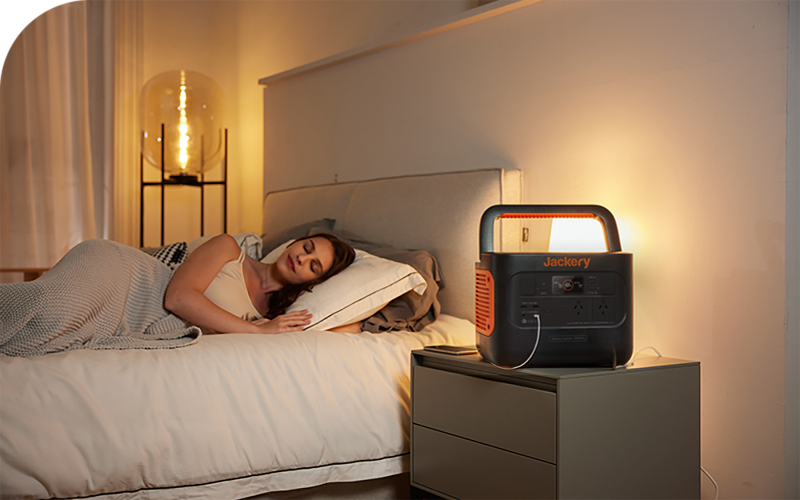
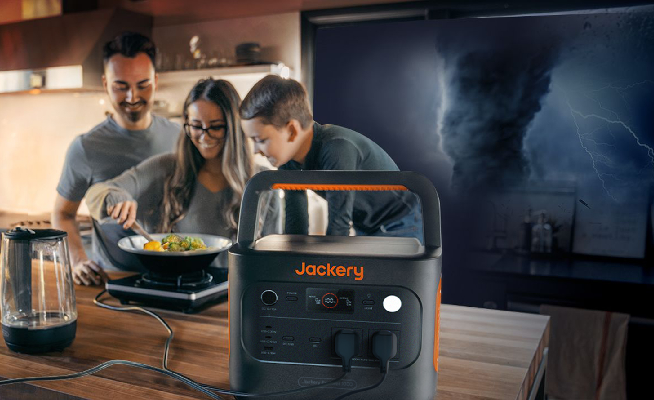
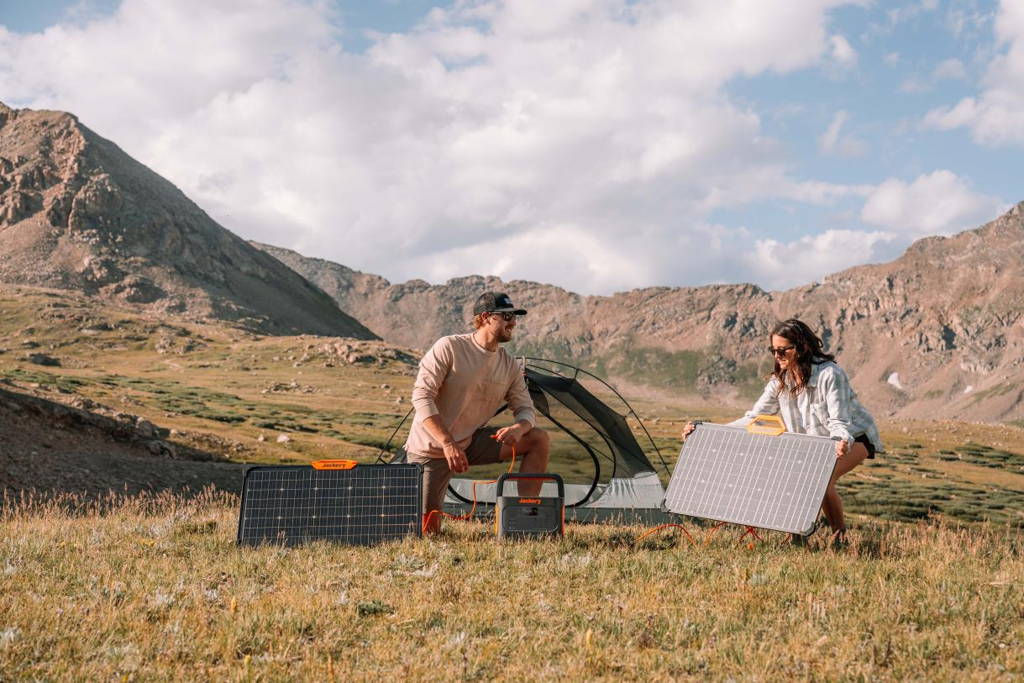
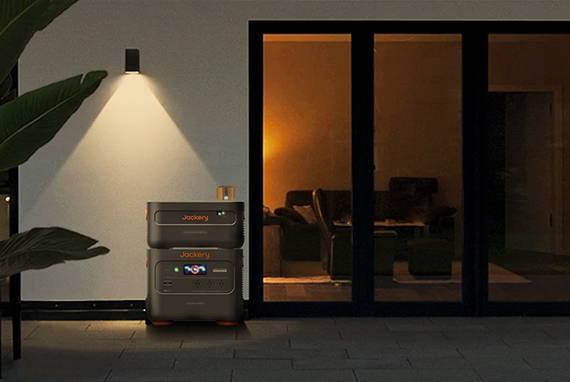
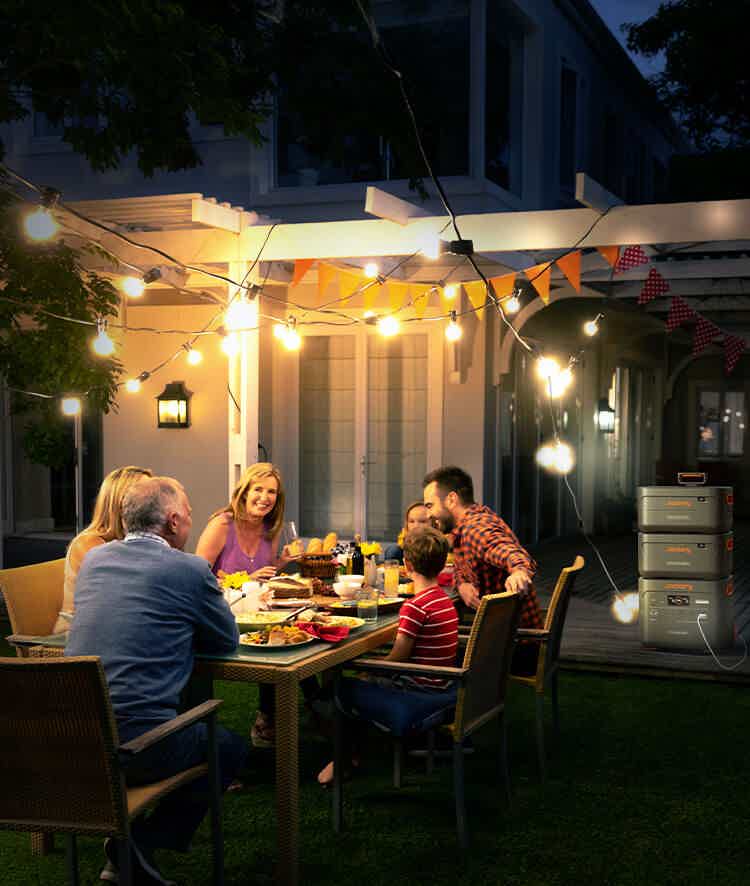
![Understand The Cost of Electricity in Queensland [2025 Update]](http://au.jackery.com/cdn/shop/articles/cost_of_electricity_in_queensland.png?v=1740106466)




